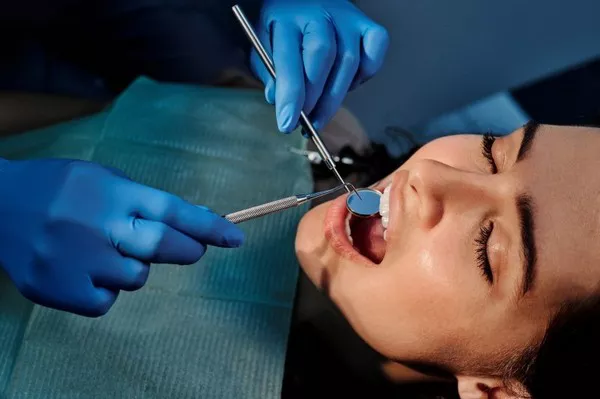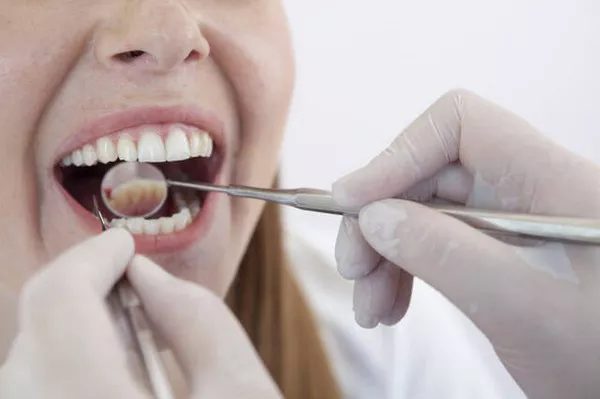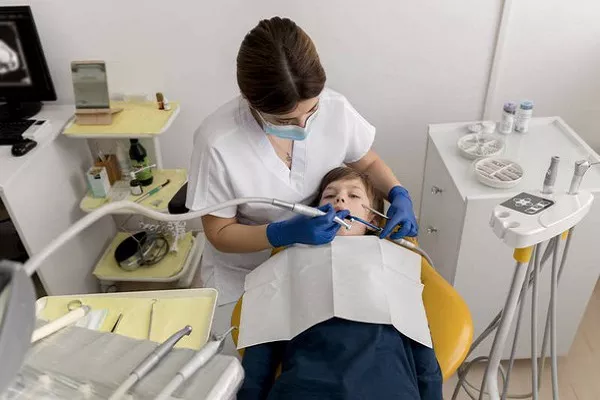Orthodontic treatment, such as braces, is a common dental procedure aimed at correcting dental misalignments and improving a person’s smile and oral health. If you or your child requires orthodontic intervention, you may wonder how long it takes to get a referral for braces. In this article, we will delve into the process of getting a referral for braces, the factors that influence the timeline, and what you can expect during your orthodontic journey.
The Referral Process for Braces:
Initial Consultation:
The first step in getting braces is to schedule an initial consultation with an orthodontist. During this visit, the orthodontist will evaluate your dental and facial structure, discuss your concerns, and determine if orthodontic treatment is necessary.
Orthodontic Assessment:
The orthodontist will perform a thorough examination, which may include X-rays, photographs, and dental impressions. This assessment helps the orthodontist diagnose the specific dental issues and formulate an appropriate treatment plan.
Treatment Recommendations:
After the assessment, the orthodontist will discuss the treatment options best suited to address your dental concerns. If braces are recommended, they will explain the benefits, duration, and expected outcomes of the treatment.
Referral or In-House Treatment:
Depending on the orthodontic practice, you may receive a referral for braces to an orthodontic specialist or have the option to proceed with the treatment at the same practice.
Factors Influencing the Timeline for Braces Referral:
Severity of Dental Issues:
The complexity of the dental misalignments and orthodontic problems can influence the time taken to develop a treatment plan and determine the need for braces.
Patient’s Age:
The age of the patient can affect the timing of orthodontic treatment. Some dental issues are best addressed during specific developmental stages, such as early intervention for children with bite problems.
Orthodontist’s Schedule:
The availability of orthodontic appointments and the orthodontist’s schedule can impact the timing of getting a referral for braces.
Pre-Treatment Requirements:
Some patients may require additional dental procedures, such as tooth extractions or dental cleanings, before starting orthodontic treatment. Completing these requirements can add to the overall timeline.
Insurance and Financial Considerations:
Sorting out insurance coverage and financial arrangements may take some time before the actual treatment begins.
Patient’s Decision:
The timeline can also be influenced by how quickly the patient decides to proceed with the recommended treatment.
What to Expect During Your Orthodontic Journey:
Customized Treatment Plan:
Once you receive a referral for braces or decide to proceed with the treatment, the orthodontist will create a personalized treatment plan tailored to your specific needs.
Braces Placement:
The braces will be carefully bonded to your teeth during a separate appointment. The process is usually painless, but some patients may experience minor discomfort or soreness afterward.
Adjustment Visits:
Regular adjustment visits are scheduled every few weeks to make necessary changes to the braces and monitor progress.
Treatment Duration:
The duration of braces treatment varies depending on the individual’s dental needs and how well they follow the orthodontist’s instructions. On average, braces may be worn for 18 months to 3 years.
Oral Care and Maintenance:
Proper oral care, including brushing, flossing, and avoiding certain foods, is crucial to ensure successful treatment and maintain oral health during braces.
Retention Phase:
After the braces are removed, a retention phase follows to prevent the teeth from shifting back to their original positions. This typically involves wearing retainers.
Conclusion:
Getting a referral for braces is a vital step in starting your orthodontic journey to achieve a beautifully aligned smile and improved oral health. The process may involve an initial consultation, thorough assessment, and customized treatment plan. The timeline for braces referral can be influenced by factors such as the severity of dental issues, patient’s age, orthodontist’s schedule, pre-treatment requirements, insurance considerations, and the patient’s decision-making process. Once you begin your braces treatment, regular adjustment visits and proper oral care are essential for successful outcomes. Remember that every orthodontic case is unique, and the duration of treatment can vary from person to person. Embrace the process, follow your orthodontist’s guidance, and before you know it, you will be flashing a confident, straight smile!
Related Topics:




























